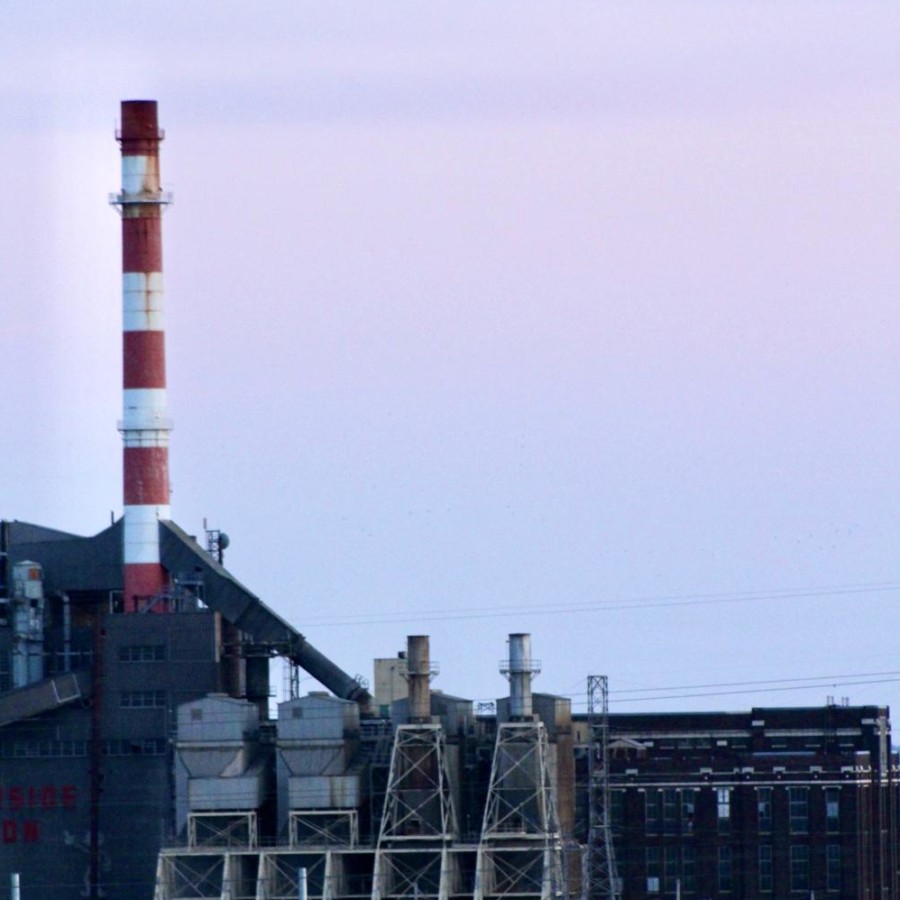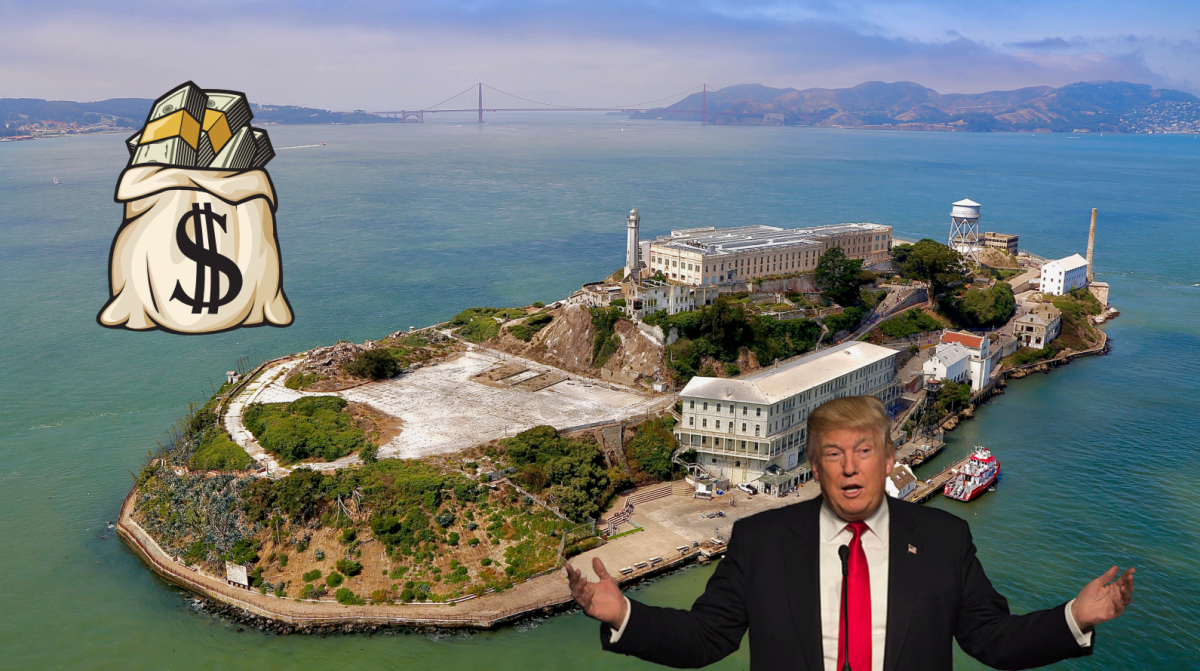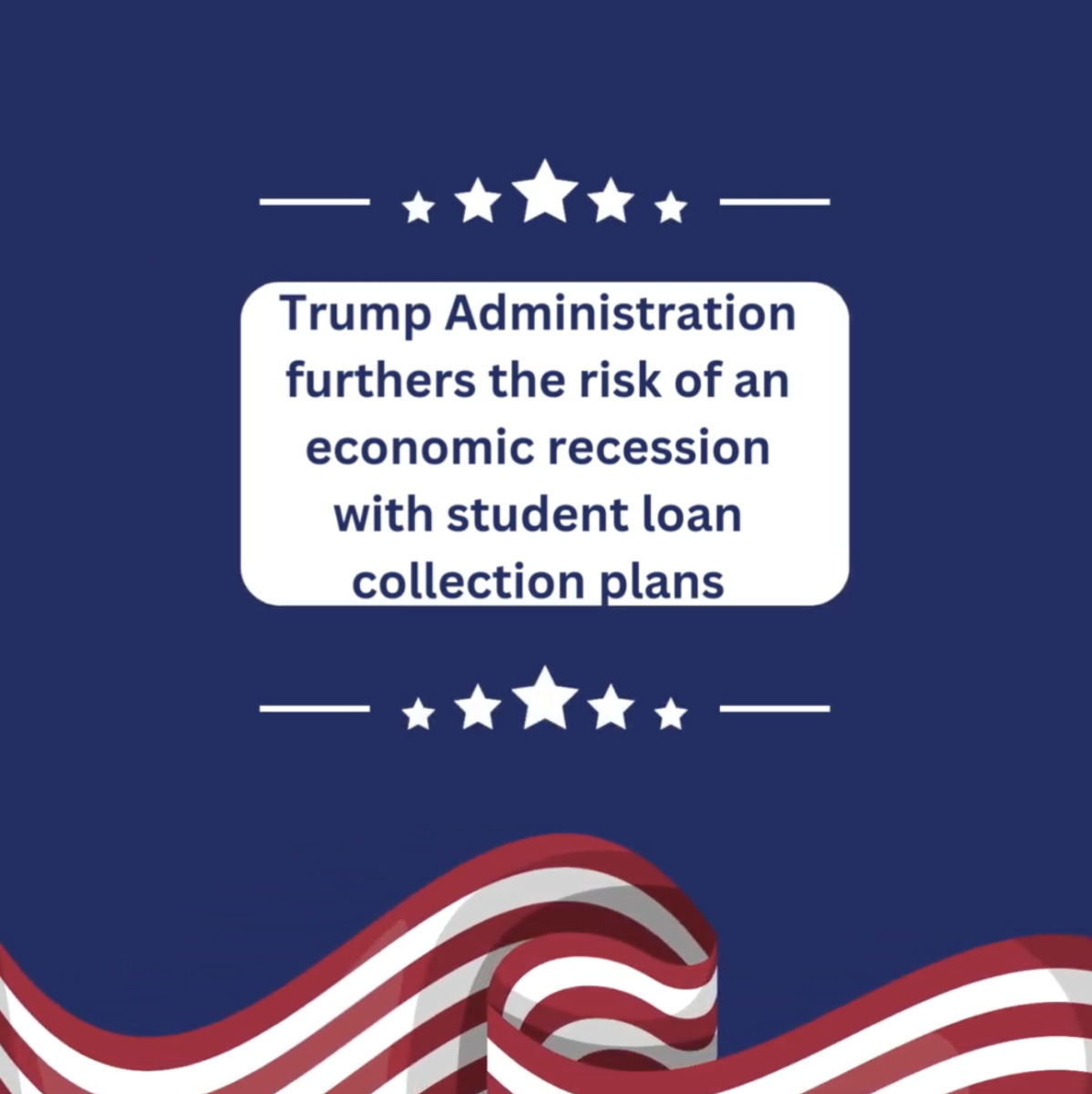It’s no secret that the 2022 FIFA World Cup has been embroiled in controversy. Corruption and bribery among FIFA officials, Qatar’s intolerance of the LGBTQ community and migrant worker deaths have made headlines across the globe, at times threatening to overshadow the game itself.
Add greenwashing to the list.
FIFA organizers claim that the 2022 World Cup will be carbon-neutral in a report published by the Supreme Committee for Delivery and Legacy, the group created by the Qatari government to plan the World Cup. However, these claims have been deemed misleading and even downright false by groups such as Carbon Market Watch. The main source of debate surrounds the pollution created by the construction of the stadiums, which may be up to six times the amount FIFA accounted for.
Popular Instagram account @environment posted about the controversy on Dec. 3.
Like many students who follow the account, this post is how sophomore Sophia Pomykala learned about the conflict between FIFA’s claims and the conclusions drawn by independent organizations. “I think that in almost a sad way my first reaction to this post wasn’t just complete shock, it was more of resignation and an acknowledgement of yet another prominent global association lying about their environmental intentions,” she said. “It’s just like this moment where after seeing so many organizations fail at keeping their intentions truthful that it barely even affects you anymore which is actually really scary.”
While FIFA’s plans to achieve carbon neutrality are criticized by the public’s skeptical ears, it is important that critics understand the difference between carbon neutrality and net-zero emissions. Achieving carbon neutrality does not mean the World Cup itself will emit zero pollutants; it means that organizers plan to offset emissions from the event in order to avoid a net change in carbon on the global level. This is a realistic goal for FIFA— at least, more realistic than getting rid of all World Cup-related carbon emissions entirely.
Carbon offset is a practice that creates a market for environmental protection by conveying positive climate action from one entity to another. A company can purchase a carbon offset credit, funding projects that bring the company’s net pollution to zero.
FIFA plans to purchase offset credits that fund two renewable energy projects in Turkey. However, the projects have only issued 130,000 credits so far, a meager amount compared to the 1.8 million credits FIFA will need.
Additionally, there are questions concerning the impartiality of The Global Carbon Council, the carbon credit group certifying the transaction. This council was established by the same real estate investment company that partners with the Supreme Committee of Delivery and Legacy. There are only a handful of carbon credit groups that are accepted as legitimate, and The Global Carbon Council is not one of them, which further insinuates dishonesty in FIFA’s claims.
Senior Michael Chang has been an avid World Cup fan from a young age and has witnessed FIFA’s frequent dishonesty. “I don’t trust them because FIFA has a lot of history with corruption. Seeing that FIFA claims they’re actually not damaging the climate is just hard to believe because they have lied about many things, bribery being the biggest thing,” he said.
Doubt not only surrounds whether the offset credits purchased will truly reduce the World Cup’s net pollution to zero, but also whether the estimations of the World Cup’s pollution are even accurate to begin with. In estimating emissions from stadiums, the Supreme Committee deviated from previous FIFA reports by only accounting for the timeframe of the World Cup itself, despite the fact that the majority of the stadiums built specifically for the event will last up to 60 years. According to Carbon Market Watch, the Supreme Committee is underestimating the pollution produced by the constriction by a factor of eight.
The Supreme Committee argues that the responsibility of emissions is distributed to organizations proportional to the time they spend using the stadium. The World Cup alone will only use the stadiums for a small amount of time compared to the organization that will use it after. Therefore, organizers argue, FIFA should not be culpable for all (or even a majority of) the emissions created.
This claim may be plausible if not for the existence of white elephant stadiums: a stadium that costs a lot of money to build, but has little to no purpose after a major event, usually a sporting championship, is over.
Often, locations for high-profile, high-attendance sporting events are chosen before the infrastructure exists to support it, as was the case when Qatar was announced as the 2022 FIFA World Cup host. While some infrastructure continues to benefit the local population after the event is completed, buildings such as stadiums often become a burden to maintain in the absence of events to support its operation.
Russia hosted the World Cup in 2018, and while most of the 12 stadiums built for that event are serving the communities well, Volgograd Arena has been plagued with a series of issues, including rain damaged ground that caused cracks in the stadium’s foundation.
Brazil hosted the World Cup in 2014 and built a stadium in Manaus, Brazil. This city, while the seventh most populous in the country, is located in the middle of the Amazon rainforest, making it hard to travel to. The stadium hosted only four matches during the 2014 World Cup, followed by another handful during the 2016 Olympics. However, now it sits mostly empty, as most local matches only attract 2.5% of the stadium’s capacity.
While none of the stadiums in Qatar are intended to assist a struggling or underdeveloped region, it is unlikely that the stadiums will continue to be used for soccer by local clubs considering that Qatari culture has little to no support for soccer. The Supreme Committee states that the stadiums will be turned into community hubs, hotels, education centers and more, but it is highly unlikely that any of these organizations need a space as large as they will receive. Many organizations can adapt to the space and structures left behind, but that does not mean they require that large a space.
The report from Carbon Market Watch recommends that FIFA reconsiders the structure of the World Cup in order to combat this issue. The tournament could be distributed around the world so that teams do not have to travel as far and could play in already constructed stadiums, or a permanent venue could be developed. However, considering that soccer is the world’s most popular spectator sport, soccer fans will be resistant to a structural change that takes away the possibility of the World Cup being hosted in their country.
“The experience of a country holding the World Cup is honoring because of its history but it comes with a cost,” Chang continued. “The cost of building new stadiums with new materials just isn’t efficient. I don’t agree that the World Cup should be held in one country or else the sport loses its excitement. I think a better idea is using stadiums already built in the countries so that new ones aren’t built.”
To credit Qatar, one stadium was designed to be dismantled. Stadium 974, named after the country’s dialing code and built from 974 shipping containers, is intended to be transported and reconstructed elsewhere. However, there are no definite plans for where the stadium will go now that its use in the tournament is done (the stadium saw its last match in the round of 16). This makes it difficult to estimate emissions from its transportation and reconstruction. If the stadium travels far enough and is dismantled and reassembled enough times, its emissions may exceed that of a permanent stadium.
Pomykala believes advertising Stadium 974 as an environmentally friendly solution without having plans for its future use was an irresponsible decision. “Deconstructable stadiums definitely do have the potential to be very beneficial to the environment but I believe that the way FIFA used the stadium was just to help them appear more environmentally conscious,” she said. “Especially since there were six other regular stadiums built it just seems like having this one ‘environmentally conscious’ stadium wouldn’t outweigh the harm the other buildings have caused.”
Considering the graveyard of white elephant stadiums and the deceptive actions of organizing bodies, sporting events requiring significant construction projects should continue to be scrutinized for greenwashing. Changes are needed to prevent needless environmental damage. Whether change will ever be made willingly by as corrupt an agency as FIFA has proven to be remains to be seen.









